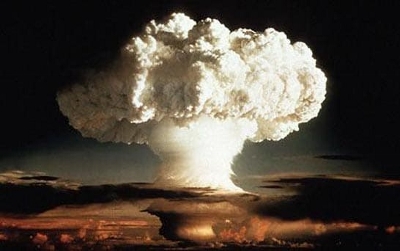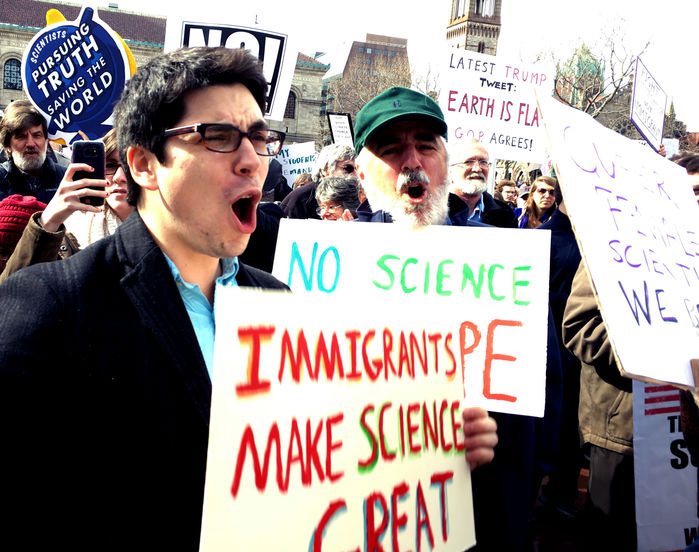The Last Thing On My Mind-With Tom Paxton’s “Last Thing On
My Mind” In Mind
By Si Landon
Eric Long didn’t know exactly how it had happened, didn’t
know how the whole blessed thing fell apart after so many years together.
Didn’t know that his sweetie, his “sweet pea” his pet name for her, his Mona,
was so radically dissatisfied with their lives together the night that she laid
out her future plans, future plans that did not include him. Had to take some journey
of discovery to find her spiritual being she called it. He could never quite
figure out what she meant by that since the “spiritual,” that New Age business
that she lived by and for and he was leery, very leery of, was totally foreign
to the way he operated in the world, the world of hard-boiled radical anti-war politics
and taking heed, being guided by in fact, the notion that this was a dangerous
world and watch out, watch your back (and she fragile and defenseless against
the villains watch her back as well, maybe watched it too much and smothered her
ability to breathe on her own).
Could never quite talk the same language with
her on those issues where to use an expression that she had come to use more
frequently to describe their relationship of late they were “two ships passing
in the night,” could never get the idea that she was drowning in some Mona-made
sea, that she was unsure of her place in the sun, and worst of all not sure of
who she was. For him who knew exactly what he was about, well, maybe not
exactly as it turned out but at least for public consumption he appeared to be
driven by a set of specific tasks and orientations and so could not follow her
on that path she has set for herself.
Funny the night in question was their “wine date” night, a
time they had established a couple of years before as a way to be together and
share whatever there was to share, usually day to day stuff and not such a
decisive split. That too had been predicated on a prior series of
misunderstandings and falling apart that was only staunched for that precious moment
by his willingness to join her in couples counselling (That “willingness”
subject to his understanding that he was under the gun and that if he had not
done as she had asked then that first lowering of the boom would have been the
last and they would now have been separated for about two years now.)
Although at first he was as leery about this process as he
was about the more outlandish and bizarre New Age therapies he actually had
come to as he called it see that this was significantly different from what he
had expected and had embraced the process whole-heartedly what he called “being
in one hundred per cent (they had unsuccessfully done the procedure many years
before both agreeing then and now that the counsellor was not particularly
helpful). The thrust of this new procedure was that it was less driven by
trying to figure out what in their mutual troubled childhood pasts had made
them both attracted to each but also too scarred by those experiences to let
the past slip away against their love for each other. So at the counselling they
would spent each session looking for “today” ways that they could relate to
each other and hence the “wine date” idea. Simple but effective since they
either had a going out date or they did not really relate to each other in the
vast amounts of time over the previous few years when both had effectively
retired. Eric found the sweet wines a way to relax (a problem that as we shall
find was the crux of what went south in the current lowering of the boom).
Oh sure Eric as he told his friend Peter a few days later
when the initial shock had worn off a bit he and Mona had had their problems over the previous few
years but they were supposed to be working on getting closer like with that
wine date business. For several years before that they had definitely been
drifting apart, had become in his term “roommates” and hers “ships passing in
the night” until one day on U.S. Interstate 5 just outside of San Diego he had
exploded at her in the car telling her they couldn’t keep going on the way they
were going, something had to give. The underlying reason for his outburst
though was that he had kindled up a relationship with an old high school
classmate whom he did know in school but who he had met on-line when he was
searching for information about his high school class reunion that was coming
up. In the back of his mind he was half-way ready to quit the whole thing
himself.
After that incident it had gotten pretty heavy with that old
classmate but when push came to shove, when he was confronted with the thought
of total separation and good-bye with his sweet pea he had backed off. The
price for that thought, the price that he was willing to pay to stay with Mona was
to go into couples counselling in which he gave what he thought, and more
importantly she thought, was good faith effort to reconcile their differences,
her grievances against him. That was the source of the wine date idea provided
by the counsellor as way they were to make connections in a quiet and cozy
environment. Eric thought when Mona lowered the boom on him this time that a
lot of what was driving her as much as her need to find her own path in life
was deep and unspoken continued resentment over that “affair” with the old
classmate.
The couples counselling went on for about a year until
around the time they had gone to Paris, a place that she had never been to but
had desired to go to since she was a young girl like a lot of young girls. They
had a great time there. But about a week after they came back Mona lowered the
boom on him the first time. She wanted out under similar conditions to the
latest episode. The result of letting him stay was for him to go into
individual counselling which he agreed to do. He committed himself to a year in
her presence but the year had not been up before this fatal night. That grievous
parting had been the last thing on his mind. That broke him down in front of
Peter. He couldn’t finish his story to Peter that night and maybe never ….








